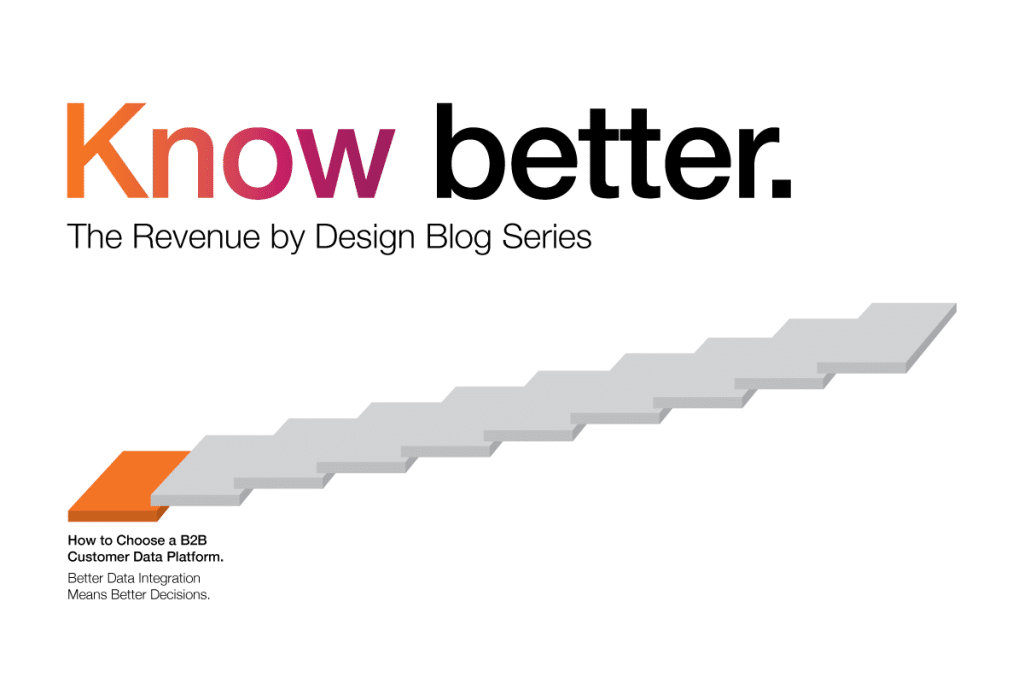Choosing ABM accounts based on gut or table stakes profiling – like firmographics – isn’t enough anymore. Successful ABM comes down to discovering your TAM, building profiles at the person, account, and buying center levels, and then comparing them against your ICP in order to focus your time and effort on the accounts most likely to close. Doing this effectively relies on accurate, up-to-date profiles. This makes the development of active buyer profiles leveraged with propensity fit scoring models the key investment in pursuit of closeable business.
In a recent webinar, Ranjit Rao explores how Active Profiling enables marketing teams to double the success rates of their legacy ABM strategies. He explains how every company today is focused on leveraging an account-based marketing strategy with the intent to ensure they’re focusing their efforts on the best set of accounts, so they can optimize marketing and sales efforts ROI and drive revenue. Unfortunately, many companies struggle to build out a cohesive ABM strategy because they lack some of the core pieces of technology necessary to help enable it.
What is Account-Based Marketing?
Gartner defines ABM as, “a strategy in which a supplier targets a select group of accounts that represent significantly higher expansion or growth opportunities with tailored marketing and sales support.”
How do we ensure we’re setting the table for that ABM strategy with the right foundation to give you the best possible performance? The first step in the process – the account selection – can make or break your ABM strategy before it starts.
The 1st and simplest approach to account selection that companies will take is sales intuition, which is generally a good way to identify some of your very top accounts. While this method may be a good starting point, it’s a very limited approach because you’re not taking into consideration the most critical factor – which is data. Sales intuition ignores any insights about your current customers (the ones that spend the most $, buy certain products, etc.) that can help you more intelligently build your ABM list and focus on the right account profiles. Without considering that, you’re effectively shooting in the dark.
Many companies also leverage firmographic data at the company level, having some understanding of the revenue, size, geographic parameters that make up their ideal customers, which is a good way to systematically target different segments. This is a step in the right direction, but it can be hard to trust the actual data. How many times do we have to ask ourselves when was this account record in our database actually last updated, or who updated it, was it manually edited by someone or did this come from a third party data source, and which one of our third party sources?
More advanced utilization of data involves intent signals – because intent is a great way to time your engagement with companies that are expressing in-market buying signals in your products and solutions. However, it’s really easy to over-index on intent and just end up with more noise than results, because not every company that expresses interest is the right company for your business. Over-relying on intent often leads to sales reps chasing potentially bad accounts and deals, or spending excessive money on ads that are targeting companies that just aren’t the right fit. Intent tends to work best in conjunction with the accounts that you already know are the best fit for you (the ones that look like customers who have bought specific products, have led to your biggest deals, or have generated the most LTV (lifetime value), etc).
Now we need to go beyond just over-relying on subjective sales insights, static firmographic data, or potentially noisy intent data by implementing Propensity Fit Modeling. Ultimately, when you analyze your own business you quickly realize that your opportunity conversion funnel follows the 80/20 rule – where about 20% of your prospect accounts leads to 80% of your wins and revenue – so it’s absolutely critical to be able to determine who your A and B accounts are from day 1 so that you’re not wasting time and money chasing bad accounts. To nail down the right strategy here, you need to ensure your models are leveraging AI and machine learning, and utilizing thousands of critical signals to uncover the accounts that look like your best customers. Now if you’ve nailed down this part, you’re going to be a lot more confident about which accounts are the best ones to go after. But equally important is being able to pinpoint where they actually are.
This leads us to our next solution – which is establishing where those buying centers are. We all know how complex it can be to navigate the underlying hierarchies of large enterprises – trying to penetrate accounts with layers of subsidiary and parent-child relationships, with offices distributed across different geographies, that poses a really complex challenge. In order for your ABM efforts to succeed here, you’ll need a data asset that can provide true visibility into identifying both where the key buying centers are located, how they’re connected, and where the true decision makers and buying committees actually exist – being able to navigate profiles throughout hierarchies at person, account, and buying center levels.
Instead of just relying on a potentially fuzzy/generic signal like job title, persona fit enables you to identify and target your key buyers using a much wider breadth of insights such as title, level, dept, job functions, technology expertise. Additionally, applying exclusion logic and adding weights to individual signals enables you to both prioritize the right buyers, as well as ensure you’re reaching out to them with the right message that’s tailored to them.
Still, you need to ensure that these new personas you are adding across your target accounts retain their value by ensuring they are accurate and up-to-date. That calls for an active profile management solution that will not only ensure you’re keeping up with M&A activity across your target accounts, but also key activities like promotions and job movements as quick changes can potentially make your buying committees stale and no longer relevant. Gartner reports that B2B data decays at a rate of 70% per year – and our benchmarks show that moved individuals convert 2-3x faster than your average lead or contact – and your former customers who move convert even faster at 4-5x the average rate. So it’s imperative that your solution can both prevent the data on your ABM buying committees from decaying and take advantage of the higher conversion rates you can achieve through reactivating those who have moved to new firms.
Watch Ranjit Rao’s full webinar to explore a comprehensive approach to doubling ABM performance with Active Profiling. Learn how to create the profiling models to segment, score, and prioritize entire buying groups—down to the individual buyer, arming you with the information necessary to target the right people, with the right campaigns, at the right time—before your competitors do!



